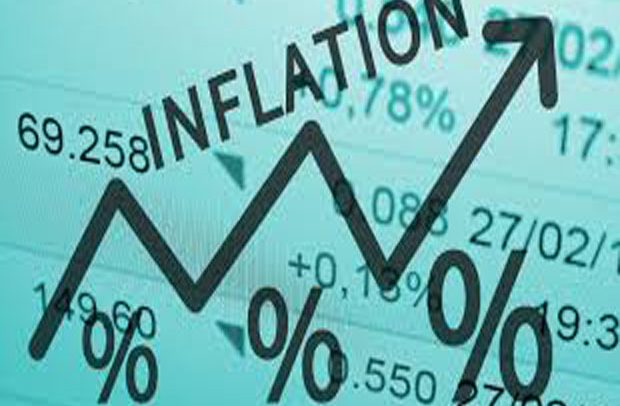YEAR-ON-year inflation recorded by the Ghana Statistical Service (GSS) revealed that inflation went up marginally in December to register 10.4 per cent to close 2020, while average year-on-year inflation for the year 2020 was 9.9%.
This rise was occasioned by a marginal increase in the food inflation rate which emerged the highest since April last year while the month-on-month inflation spanning November 2020 and December 2020 was 0.9%.
Inflation for Food and Non-Alcoholic Beverages was 14.1%, leaving the Non-Food category with an inflation rate of 7.7%, a 1.0% reduction from the November 2020 figure of 8.3%.
Within the Food Division, Vegetables (24.2%) was the subclass with the highest rate of inflation, followed by Fish and other Seafood (22.9%). Overall month-on-month Food inflation was 1.5%, 1.2 percentage points higher than last month (November 2020) and higher than both on average in 2020 and in the same month last year.
According to the GSS, after a few months of high inflation for Transport in the non-food sector, December recorded low inflation for Transport; 4.8% year-on-year and 0.1% month-on-month as compared to an average of 7.8% year-on-year and 0.4% month-on-month for 2020.
Also, it said imported goods recorded 6.1%, up from 5.6% last month, while the inflation of local goods was 12.1% on average, up from 11.5% last month. Month-on-month inflation for imported goods was 0.3% and for locally produced goods was 1.1%.
On the regional level, Upper West region recorded the least inflation of 2.1%, followed by Volta with 3.8% while inflation was very high (16.3%) in the Greater Accra Region followed by Ashanti Region which recorded 9.4%.
Upper West recorded a deflation [reduction] of -0.4% under food inflation while Greater Accra registered 19.3%, the highest.
Greater Accra further recorded the highest inflation rate of 14.2% in the Non-Food sector, while the Volta Region recorded the least inflation rate of 1.5%.
BY Samuel Boadi


